Sauvignon Blanc comes in two distinct styles, old world and new world. Make sure you’re picking the right one for your palate!
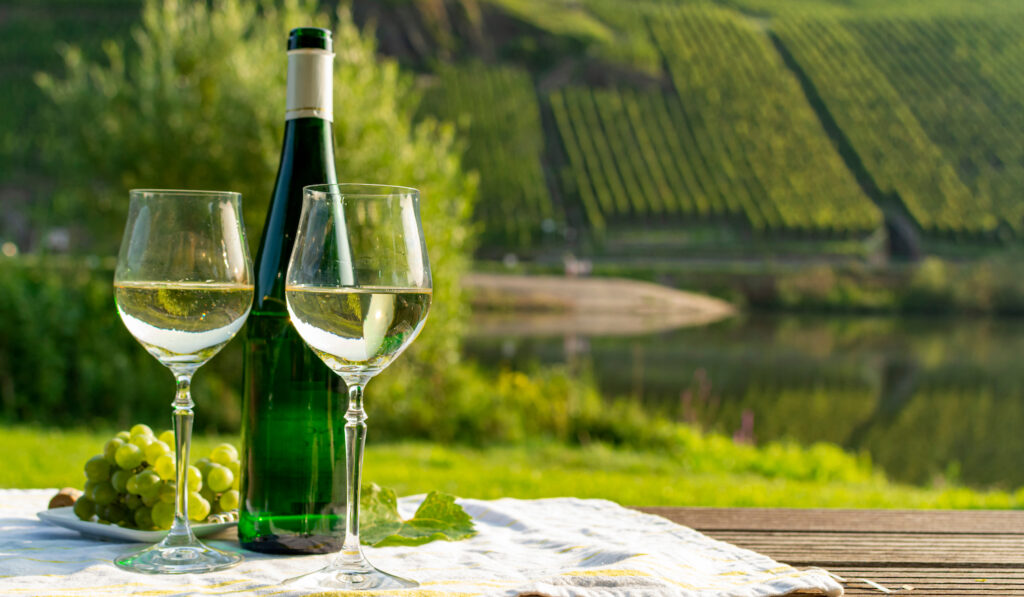
Sauvignon Blanc is one of the most popular grapes in the world. Grown all over the planet, it crops up at cheese pairings, seafood dinners, and casual house parties. And yet it has the reputation of being a “green wine” with a flavor like “cat piss.” But did you know that Sauvignon Blanc is actually one of the most varied wine varietals in the world?
It can range from green, mineral-heavy, and almost sour to peachy, tropical, and fruity.
The key is in finding which style of Sauvignon Blanc is more suited to your taste! (But if you’re very new to drinking wine, this beginner’s guide will help you find which wine varietals fit your palate!)
Looking for other classic summer wines? Try this list of the Best Seasonal Summer Wines!
What do we mean by Old World and New World Wines?
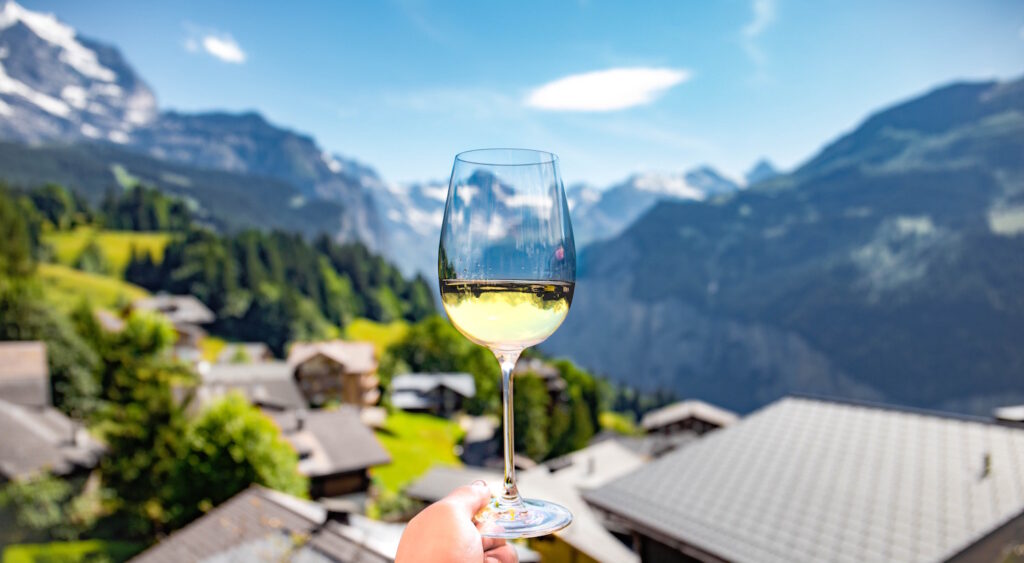
Old World and New World simply designate the location the wine was produced.
- Old World wines by definition come from regions where wine-making began. In general this includes Eastern and Western Europe.
- New World wines come from any other region. This includes North America, South America, Africa, Australia, New Zealand, and Asia.
But “old” vs “new” also refers to differences in flavor or style, largely dependent on region.
Old World wines will have a lighter style, focused on more herbaceous, floral, and earthy notes. They often are made using traditional techniques that highlight the minerality of each terroir.
New World wines are often described as fuller, rounder, with a much more fruity character. (And more alcoholic!) New World vineyards also tend to use more oak in maturation, which adds a heavier, woody note. This leads many to believe New World wines are always oak-y in style, which isn’t true.
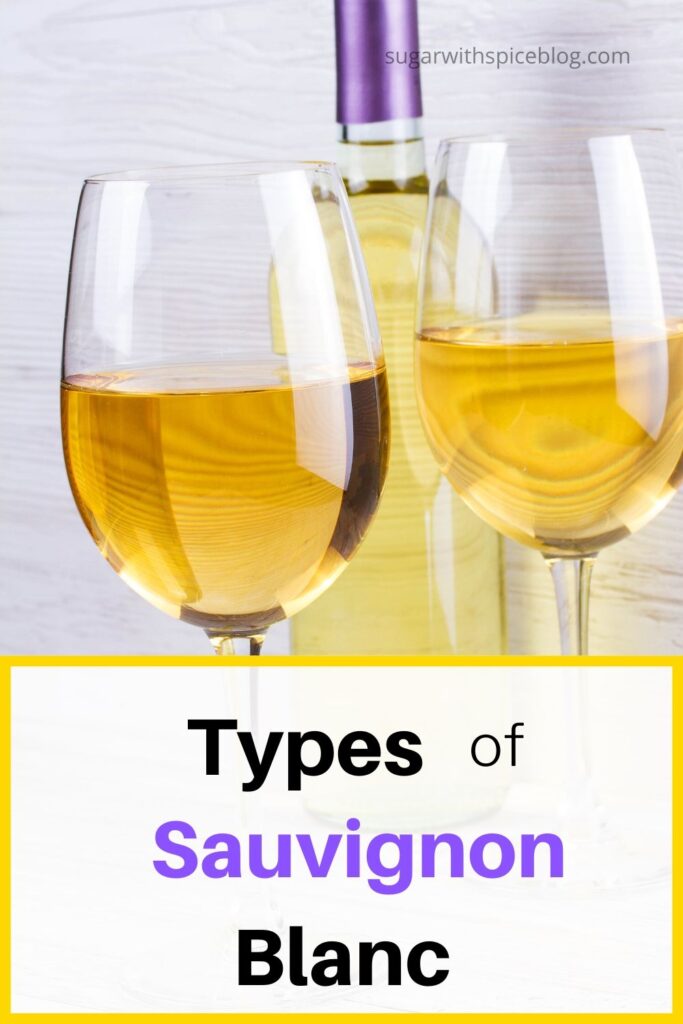
What is Saugivnon Blanc?
Sauvignon Blanc is one of the classic white wine grapes and one of the most popular in the United States. Since it is one of the older varieties, Sauvignon Blanc’s exact history isn’t known.
But the first mention traces to the 1500s in France. And viticulturists believe it originated in either Bordeaux or Loire, France from the savagnin grape. This makes it a possible cousin to Grüner Veltliner and Chenin Blanc.
While in Bordeaux, Sauvignon Blanc and Cabernet Franc vines crossed to create that deep dark red wine, Cabernet Sauvignon. Surprising that such a strong red wine should actually have a white wine parent!
Sauvignon Blanc grows rampantly in central France, and it wasn’t highly prized to start. It is often used as a blending wine. And even today it is one of the wines used to make Sauternes, a popular dessert wine.
But in the Loire Valley, a strain of this grape was eventually cultivated to make its own individual wine. They named this appellation “Sancerre” after the valley where it grows. As it spread around the world, so did its popularity and soon areas all over the world were growing this grape.
The Sauvignon Blanc grapes themselves are remarkably resilient and remarkably absorbent of the local terroir. This means that they are easy to grow and can thrive in many different areas and climates around the world. But it also means that Sauvignon Blanc grapes can adopt flavors and characters from whatever location they’ve been grown.
So a Sauvignon Blanc grape grown in the cooler Loire Valley of France will have different flavors and characteristics from a grape grown in the warm Napa Valley of California. Which is where the wonderful world of tasting Sauvignon Blancs begins!
What does Sauvignon Blanc Taste Like?
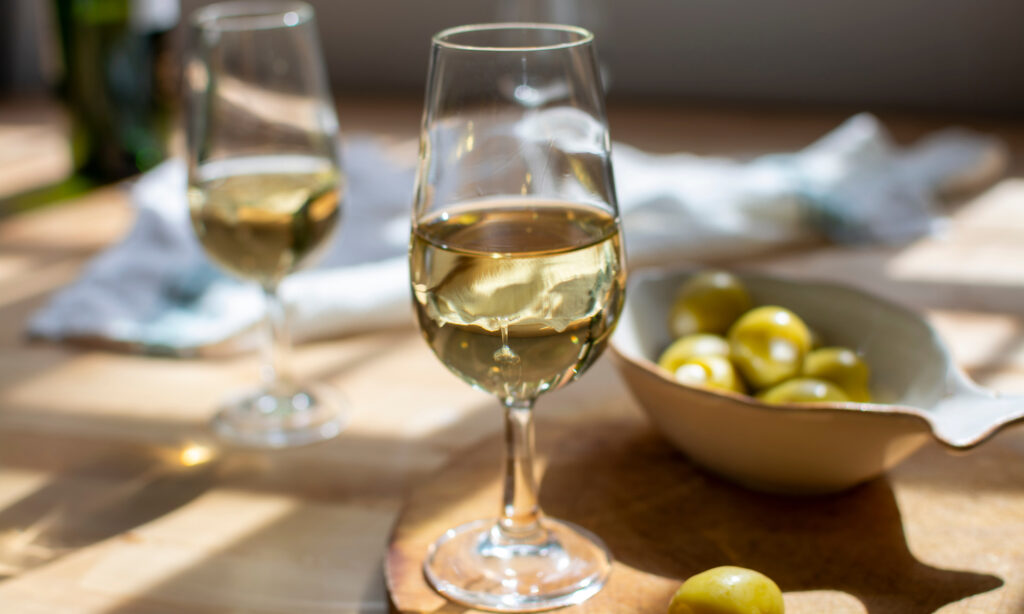
Sauvignon Blanc is a dry white wine with intense citrus, minerality, and fruity character.
Sauvignon Blanc is highly acidic with strong notes of either lemons or limes. But the other fruity flavors can range from gooseberry and passionfruit to creamy peaches to fully tropical mangos, coconuts, and pineapple!
Often described as “green,” Sauvignon Blanc grapes also have a distinctly herbaceous flavor with notes of green bell pepper, green beans, grass, and jalapeño. This is what sets them apart from other very aromatic or fruity wines.
A fine balance of these two flavor components creates a really special Sauvignon Blanc or Sancerre wine. The way the wine can be balanced means there is a wide range of potential flavors and characters.
But remember, because it adopts the terroir of the region in which it’s grown, Sauvignon Blanc wines have some common characteristics based on region.
Old World
Old World Sauvignon Blancs are typically from France, specifically the Loire Valley. Most of them will be marketed as Sancerre. They are the same grape, just a different name!
When it comes to flavor, Old World Sauvignon Blancs will generally follow the rules. They tend to be highly acidic, dry, and crisp.
You’ll notice strong mineral notes like wet stone, flint, gunpowder, and chalk which come from the gravel and chalk soils where it’s grown. These wines will often be the greenest with notes of lemons, limes, gooseberry, passionfruit, green pepper and grass.
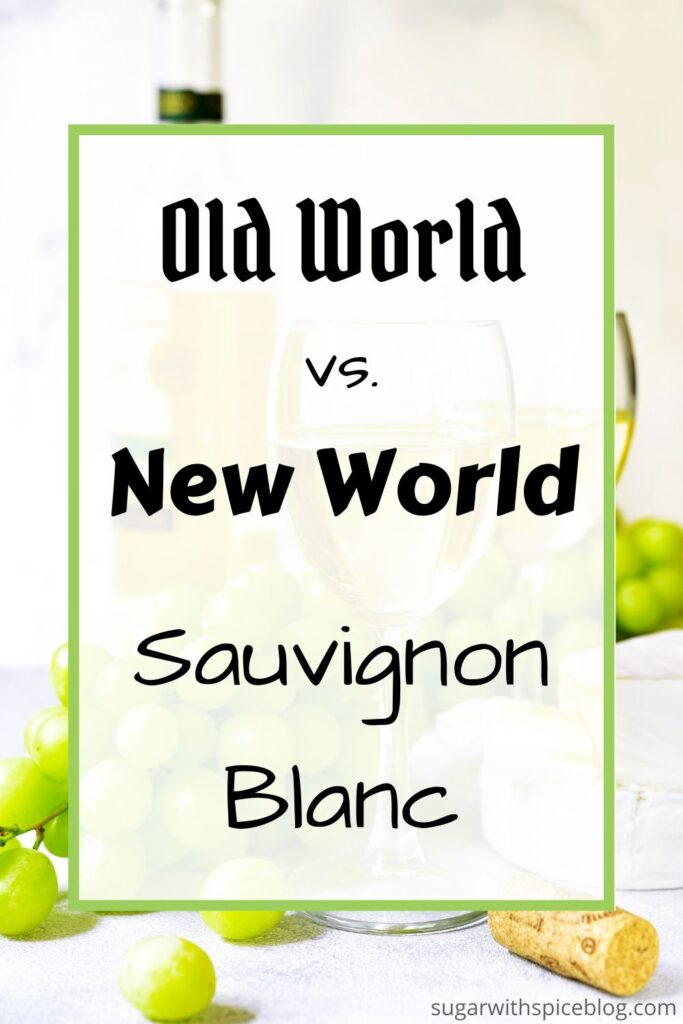
New World
In typical New World style, Sauvignon Blanc becomes bigger and bolder. These wines focus on the rich fruit-forward characteristics while retaining the vibrant dry style with high citrus acidity.
New Zealand
New Zealand creates my personal favorite version of the Sauvignon Blanc grape.
These wines are perfectly balanced between rich tropical fruit and the classic green herbaceous flavors. Passionfruit, mango, coconut, peaches, and pineapple all make their appearance known from the very first sip. But you’ll also find hints of herbs, grass, and green beans.
If you do note some lemon or pepper flavors, those grapes were likely harvested before they were fully ripe in an attempt to preserve some Old World style.
South Africa
South African Sauvignon Blancs are typically highly fruity with strong notes of the most tropical fruits like papayas, coconuts, and mangos. You’ll note very little herbaceous flavor, but strong lemon, lime, and grapefruit acidity!
California
California’s Sauvignon Blancs will have a bit more fruity flavor, but I tend to find them a bit more shallow. I find the herbaceous aspect disappears, but there is still a high amount of lemony citrus and acidity.
You will find examples of oaked Sauvignon Blanc in the “Fumé Blanc” style. These are an attempt to replicate smoky and earthy Old World style by reducing the fruit-heavy flavors with oak barrel aging.
But in general no matter where it’s grown, most Sauvignon Blancs are not aged in oak. (Especially not in France!) So you can typically rely on this wine to be dry, crisp, and acidic.
But finding one specific rule of thumb for tasting Sauvignon Blanc? Unlikely.
Based on where you buy it and how it was made, it can taste like anything from lime and lemon spritzes to creamy peach and mango.
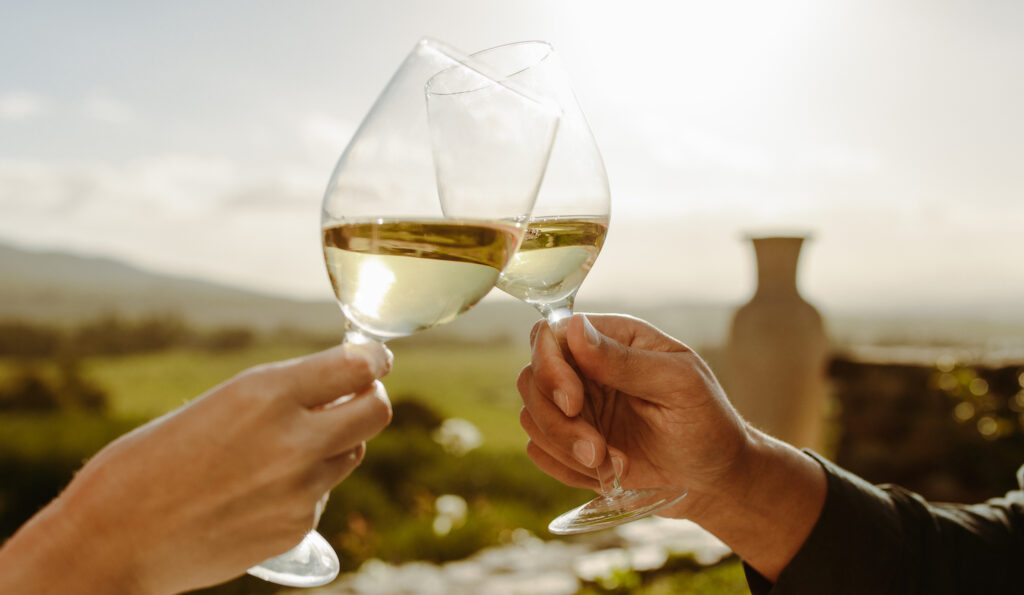
Exceptions to the Rule
Of course, with everything, there are exceptions to these classic descriptions.
Why?
The final taste of the wine in that bottle your holding is dependent on two main things: terroir and winemaking techniques.
While terroir is a fact of whatever location a vineyard is based, which specific winemaking techniques are used is entirely up to the winemakers themselves. Winemaking techniques is a sort of broad term that can include everything from growing the grapes (viticulture) and harvesting to fermentation, maturation, and blending.
So a wine made in California that uses Old World techniques will taste similar to a French bottle of Sauvignon. Just not quite the same because of the difference in terroir.
Many examples out of California are made using the “Fumé Blanc” style, which creates a smoky, earthy taste through oak aging. While they are similar to French Sancerre, they lack some of the classic crisp citrus we usually expect.
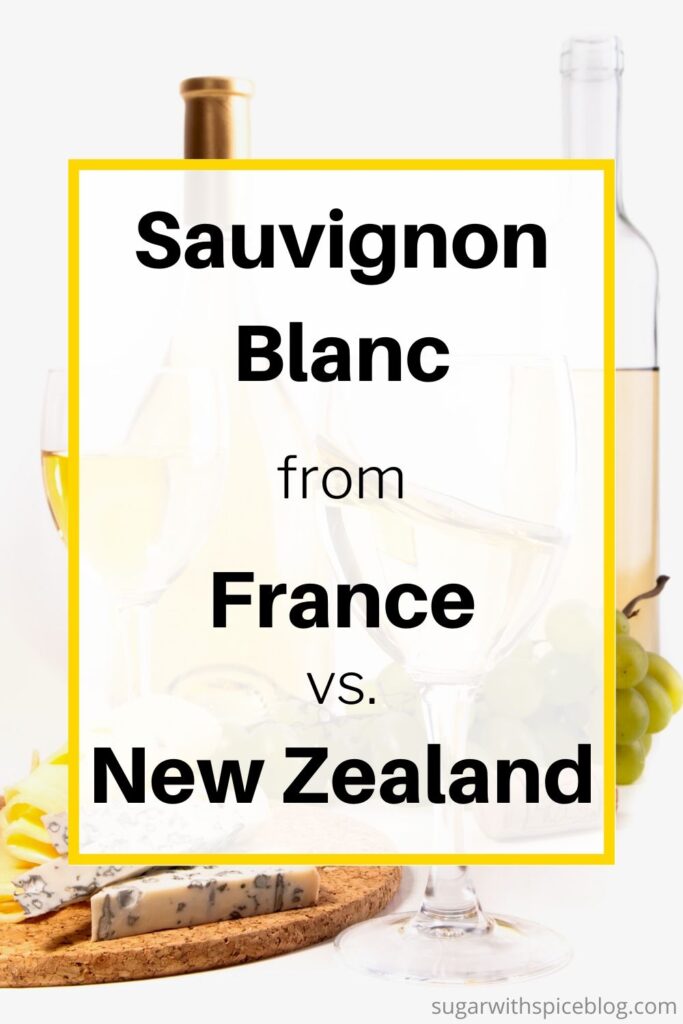
What pairs with Sauvignon Blanc?
Sauvignon Blanc from any region is a food lover’s wine. All that bright acidity means it pairs well with everything from veggies to seafood to cheese.
It’s a good wine for all-seasons, but you find Sauvignon Blanc is especially common in summer months. Here’s a guide to Summer Wine and Food Pairings including some dish ideas for Sav. Blanc pairings too!
Old World Sauvignon Blanc Pairings
Sancerre has a natural pairing that comes right out of the Loire Valley – goat cheese! The crumbly, creamy nature of this cheese pairs so well with the flinty, crisp, acidic Sancerres of the region.
Sancerres and Old World style Sauvignon Blancs also pair very well with fresh seafood like shucked oysters, clams, or scallops.
And of course the herbaceous and mineral nature means they pair excellently with fresh salads and green veggies.
New World Sauvignon Blanc Pairings
The brighter, fruitier flavors of New World Sauvignon Blancs mean they can stand up to slightly heavier dishes like baked salmon, seared tuna, or seafood pastas.
But they also pair very well with summery salads and saucy vegetables.
And of course, creamy and salty cheeses.
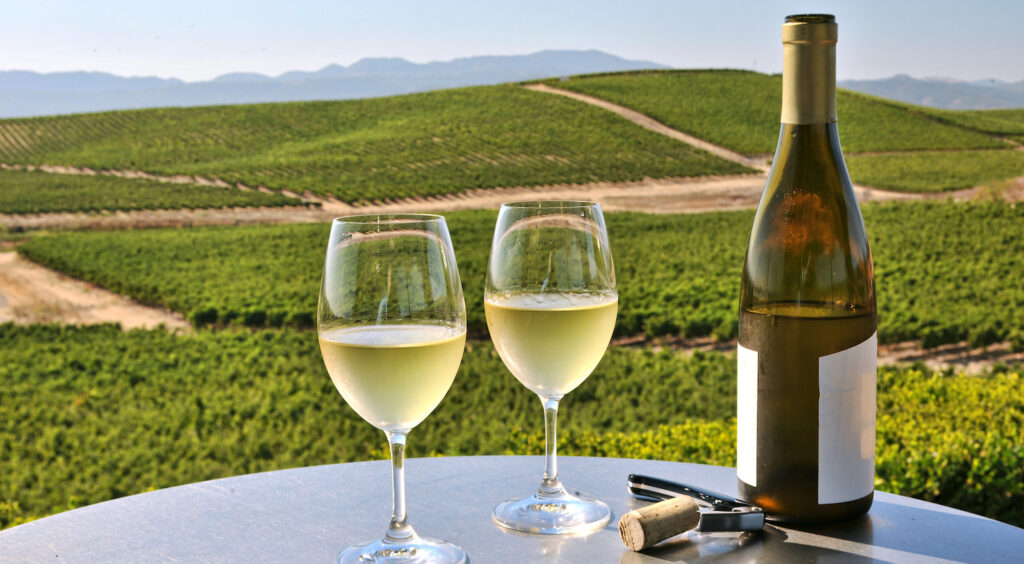
Best Old World Sauvignon Blancs
2017 François Le Saint Pouilly-Fumé
A highly flinty bottle for a really classic Old World example. You’ll note very refreshing lemon acidity with notes of flint, smoky gun powder, and grapefruit notes. There’s the classic green bean, grassy flavor in the background.
2018 Château Favray Pouilly-Fumé
Here’s a unique option: an Old World Wine with some New World style! The terroir lends a remarkable briney, marine quality to this wine. While there are definite flint and smoke notes, you get a strong hint of peaches, roses, and nectarines that shine through. These wines go through malolactic fermentation so it will be a little softer and less crisp. And they remain on the lees (skins) for a few months, so you may note a faint hint of yeast.
2018 Raimbault “Les Fossiles” Sancerre
An organic Old World Sancerre with piercing minerality full of chalk, gravel, and wet flint. Very crisp and acidic, hints of lemons and limes. You won’t find much fruit hiding in these depths, but it pairs very well with cheese.
2018 Domaine Buissonnes Sancerre
Light, crisp, acidic, and flinty this is the perfect wine to serve with briney oysters. While it is flint-heavy, there is a light floral note to this with hints of jasmine and orange blossom that make it much more approachable.
Best New World Sauvignon Blancs
Momo Sauvignon Blanc
The perfect seafood-lover’s sauvignon blanc. Fresh from New Zealand, this one is full of tropical green fruit…kiwi, passionfruit, and guava all combine with cut grass, grapefruit, wet stone, and a bit of lime acidity. This was one of the first New Zealand Sauvignons that I really fell for. (It’s also Organic, so that’s fun.)
2018 Kim Crawford Sauvignon Blanc
A delicious example of New World New Zealand Sauvignon Blanc. This one is brim full of honeydew melon, passionfruit, and a bit of creamy papaya. But there’s just a touch of green grass to keep it balanced. A delightfully fruity glass!
Beachhouse Sauvignon Blanc
A lovely (and cheap) bottle from South Africa, perfect for the simple Sauvignon Blanc drinker who wants a dose of tropical fruit!
It also makes a delicious sweet white peach sangria for summer sipping!
2017 Heitz Cellar Sauvignon Blanc
A delightful Napa Valley sample showcasing the best of the warmer California weather. You get a nose full of honeydew, lemons, and tangerines. But the taste is full blow peach, nectarine, and pineapple. There just a hint of grassy herbs in the background for a very classic New World style.
2015 Beltane Ranch Estate Grown Drummond Block Sauvignon Blanc
A California Sauvignon from the Sonoma Valley, it has a bit of Old World characteristic with strong lemon and a bit of flint. But the classic creamy peach notes of New World Sauvignon Blanc shine through. There is also a bit of a bite like fresh ginger that makes this an interesting choice.
F.A.Q
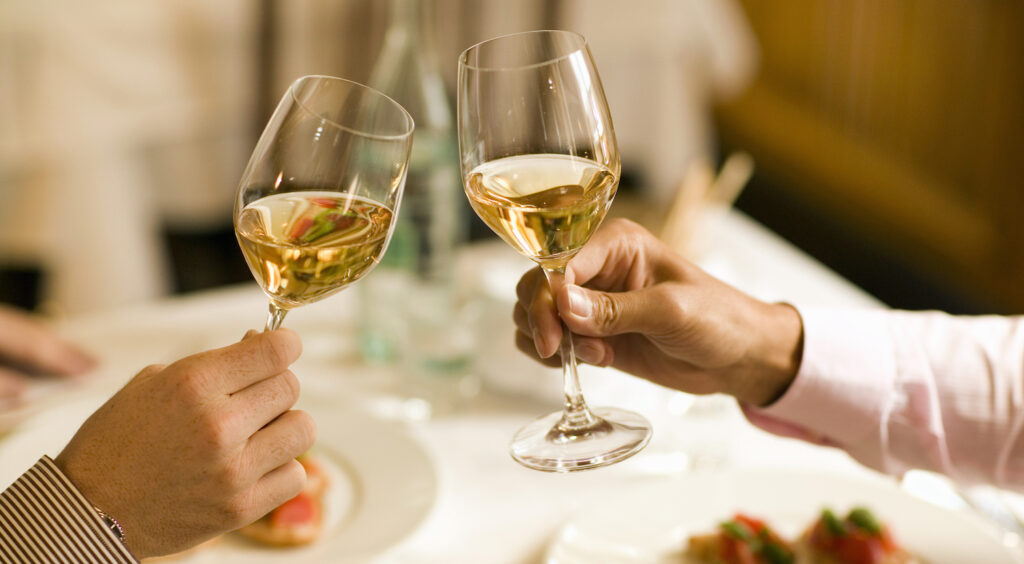
How should I serve Sauvignon Blanc?
Like most white wines, Sauvignon Blanc should be served slightly chilled. But serve it around 55°F, not ice cold. Take it out of the fridge and pour it about 10 minutes before you plan to drink.
What is the difference between Sauvignon Blanc and Sancerre?
Sancerre and Sauvignon Blanc are the same grape. But Sancerre is the newer label, named after the appellation in the Loire Valley that first started producing the wine.
Sancerre is representative of Old World wine so it will be more mineral, earthy, and herbaceous. You’ll only find Sancerre from France. Bottles labeled Sauvignon Blanc are more ubiquitous and can be found in New World and Old World styles across the world.
How much does Sauvignon Blanc usually cost?
Sauvignon Blanc can be found relatively cheaply fortunately! There are some good bottles around the $10-15 mark and some really exceptional bottles around the $20-25 mark.
How much does Sancerre usually cost?
Sancerre will cost a bit more as it comes with the reputation of the Loire Valley attached like a ball and chain. But many good examples of Sancerre can be found around $25-30 though some can be upwards of $40.


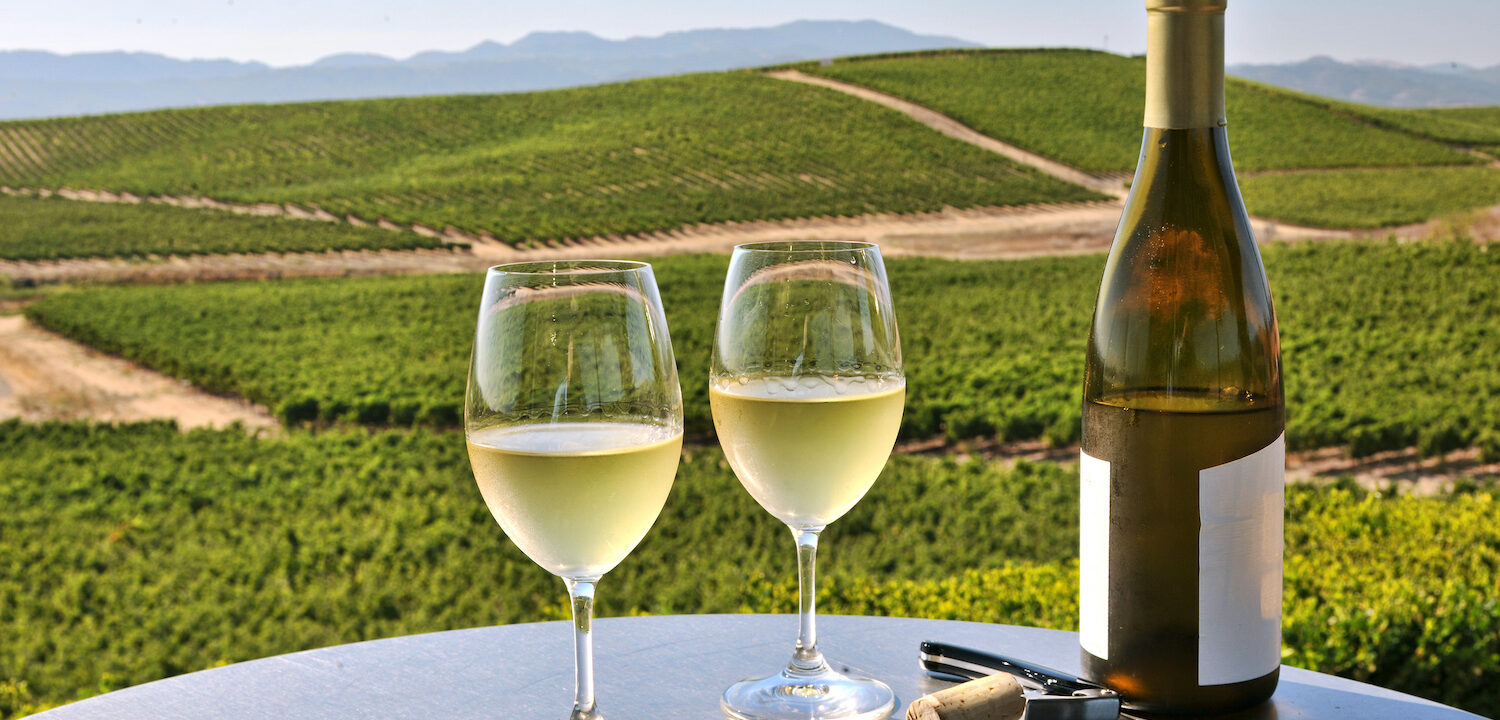
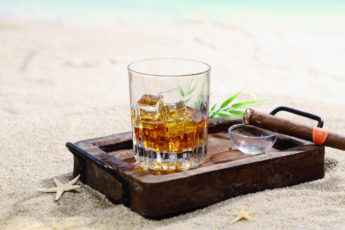
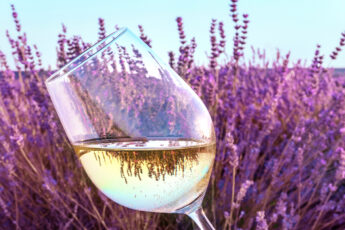
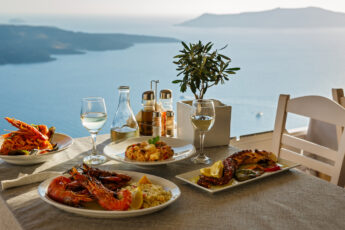





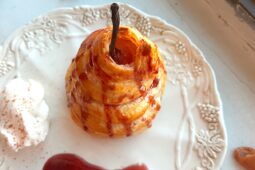
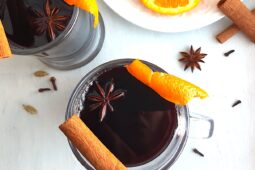
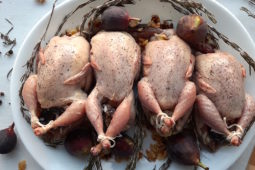
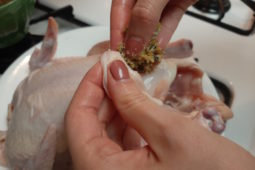

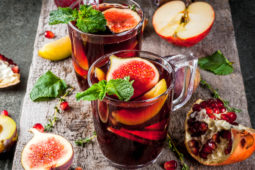

Leave a Comment